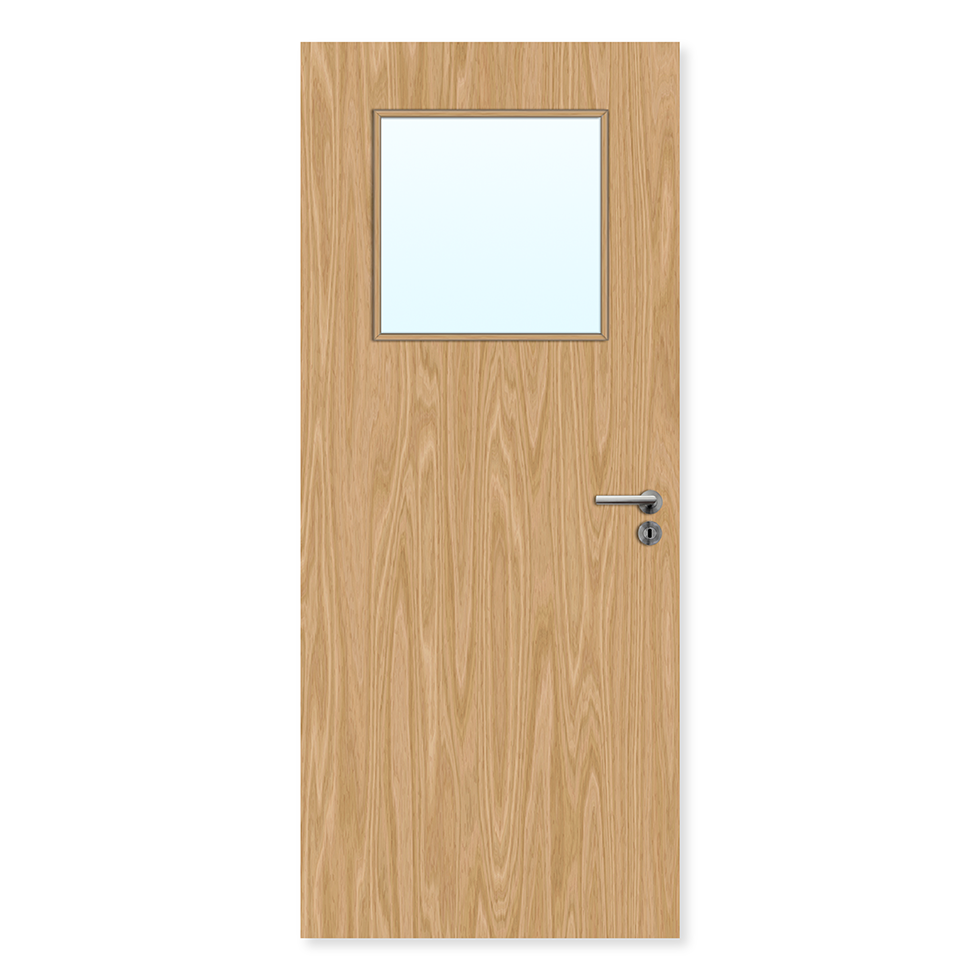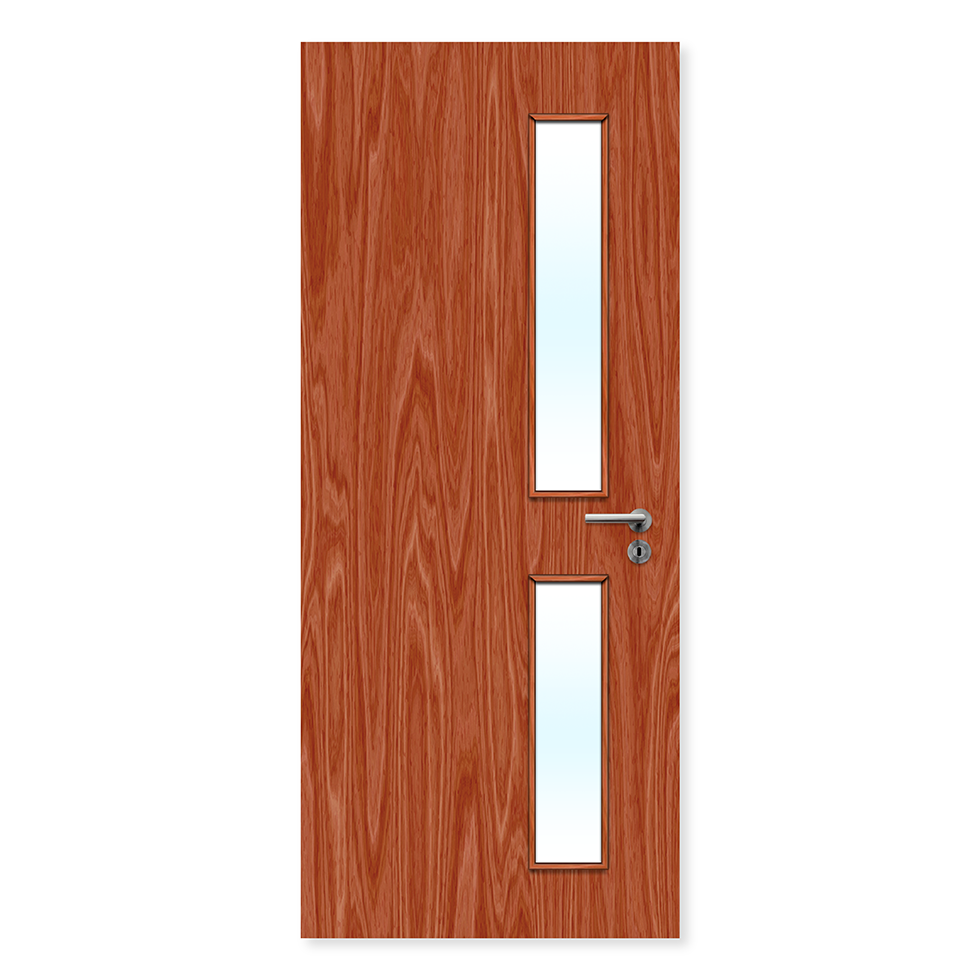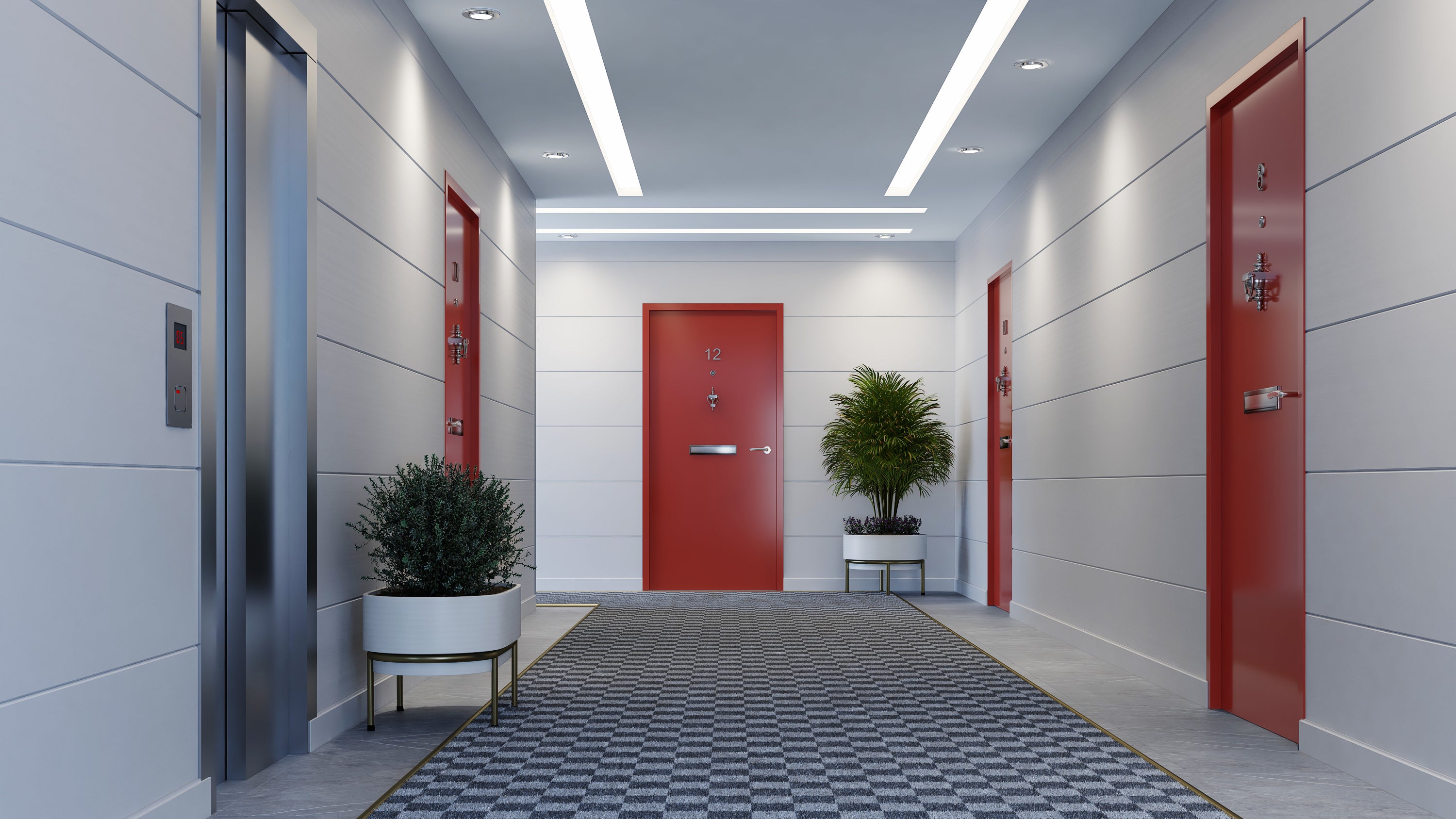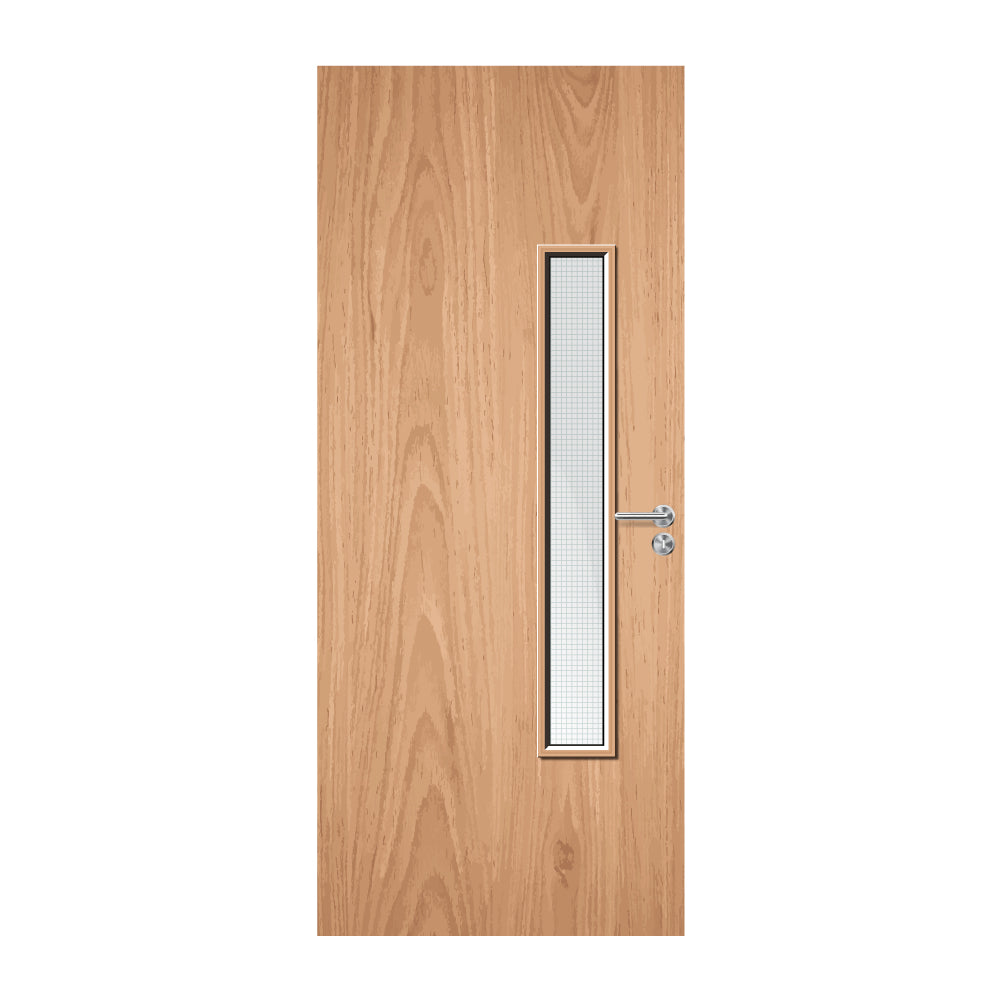Outstanding
Customer Service Second to None
Improve Fire Door Closer Installation (With Video)
The explanation is to show everyone the problems involved in fitting a fire door within a small room.
There might be more to your fire door not closing than you first thought.
A vacuum being present is a common issue we face at the front end of our supply and installation projects. Within a small room we commonly find that the air balance is marginally different between the small room and the other side of the fire door.
If a vacuum is present when a door attempts to close, there is an inadequate amount of air transference between the two rooms causing the vacuum and at the final stages of closure, the door appears to bounce of its rebate and not fully latching. Resulting in the fire door unable to perform as it was tested and manufactured for if it was exposed to fire.
We generally see clients wanting to speed up the closing or latching speed of the doors self-closing mechanism, this appears to resolve the issue. However, this is not ideal or advised as the fire door generally shuts at an excessive dangerous speed to ensure the latching mechanism is engaged.
If the self-closing mechanism has been altered to accommodate the vacuum present and the air balance is neutralised by the opening of a window or door in the vicinity, the fire door will dangerously slam shut to the extent of shaking the lining and potentially damaging the surrounding area. If this process remains unresolved and is repeated, as well as the annoyance and the potential for harm, the damage will occur voiding the doors certification and a full replacement would be required.
One way around this issue is to fit an intumescent grill allowing the air to displace between the two rooms neutralising the air balance. This is seen as a cost-effective easy solution, however a negative is that an intumescent grill is only activated when it detects a certain level of heat and at this point it is more likely that a considerable amount of dangerous life-threatening smoke will have passed through the device.
Another solution, which is an option which we favour as experts in our field, is to fit a mechanism such as a Retaining Brake, this device allows the fire door to shut at a safe recommended speed even if there is a vacuum present. The device is activated in the final stages of closure latching the door into place allowing the door to perform as it was intended if exposed to fire.
For any fire door installation queries, alongside our other offerings including Fire Risk Assessments, Fire Door Surveys, Fire Compartmentation, Fire Evacuation and Emergency Plans, Consultancy and the selling of fire doors please contact the sales team.






